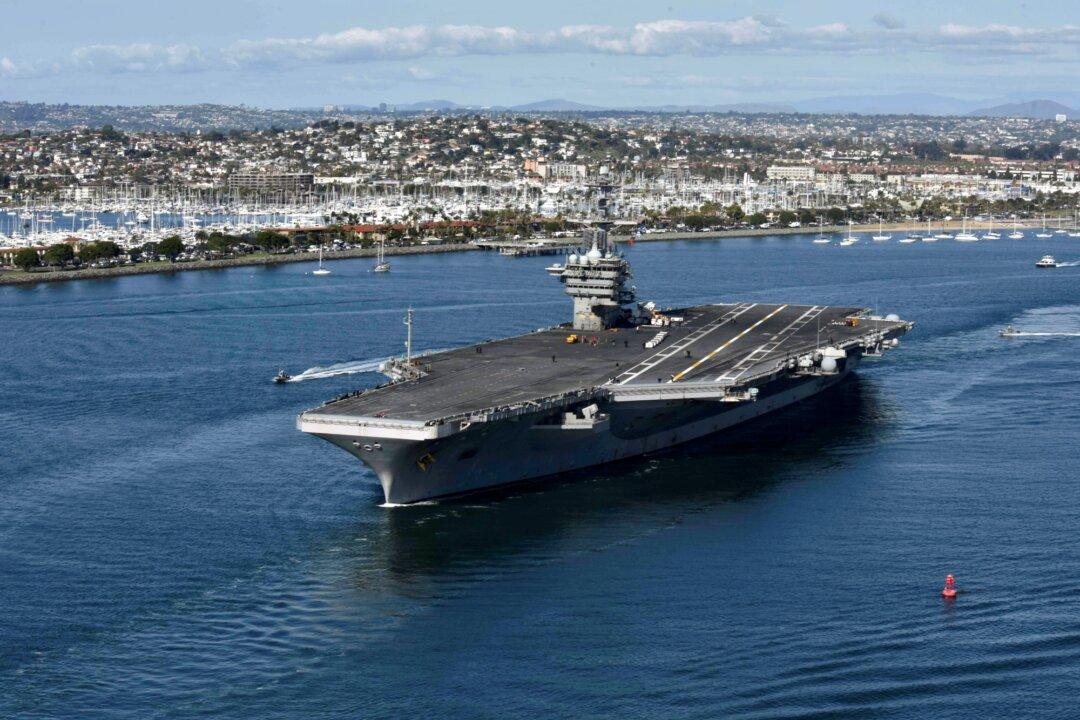The U.S. military is in need of more resources if it’s to continue the goal of being capable of fighting two major conflicts simultaneously, according to The Heritage Foundation’s 2022 Index of U.S. Military Strength.
The Heritage Foundation’s annual military index, which was first released in 2015, provides a sweeping overview of U.S. national security issues, as well as the military’s capacity to meet those challenges. The index’s benchmark is the forces required for the United States to be able to fight two major wars simultaneously—a strategy held by successive administrations for decades.




